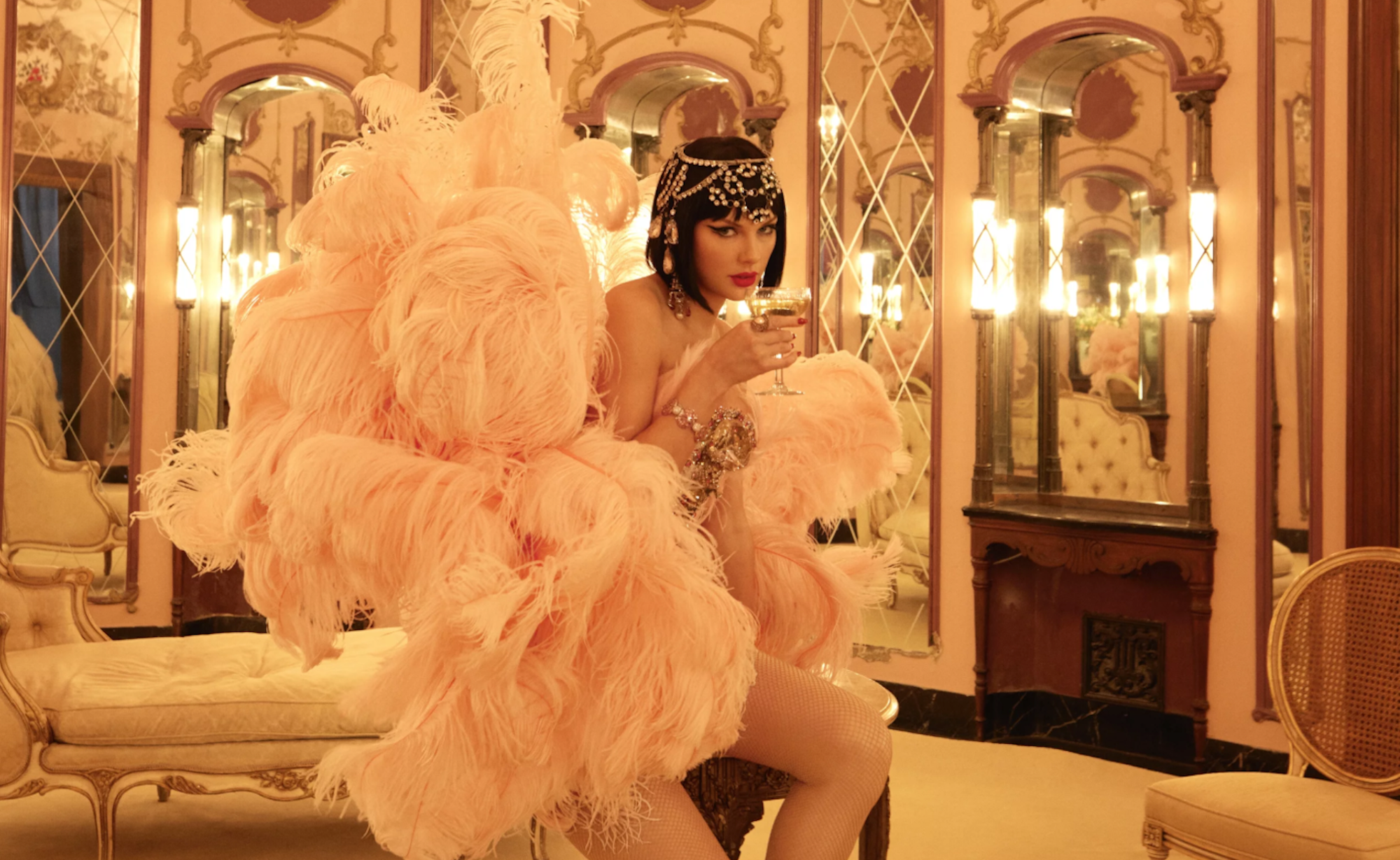
"During her retreats into the studio she was thinking about the work and the values behind contemporary stardom. The album plays out this dynamic, Swift as mega-celebrity meeting Swift as studio artist, through airtight guaranteed hits that usurp the more muted explorations of her last few albums while letting the questions they ask linger in the background. Its chorus-driven bangers chase success while expressing doubts about its effects."
"It's no accident that the album's first two songs evoke theatrical queens whose fates were either tragic or melodramatic - Ophelia, the juiciest ingenue role that costs your life, and Technicolor goddess Elizabeth Taylor, that violet-eyed over-emoter. Taylor was not a showgirl but a serious actress whose public image was distorted by a pain-filled private life (especially her tumultuous relationship with fellow actor Richard Burton) that fed the beast of tabloid journalism in the mid-20th century."
Credits show Swift made Showgirl in relative isolation in Sweden, hiding out with two multi-instrumentalist collaborators between stops on an elaborate concert tour. Retreats into the studio prompted thinking about the work and the values behind contemporary stardom. The album stages Swift as mega-celebrity meeting Swift as studio artist, favoring airtight, chorus-driven hits while allowing lingering questions from earlier, more muted explorations. The opening songs evoke tragic theatrical queens such as Ophelia and Elizabeth Taylor, contrasting public image and private pain. The showgirl trope addresses aging fans, the combative nature of showbiz, costs of spotlighting, and a search for escape through love.
Read at Kqed
Unable to calculate read time
Collection
[
|
...
]